Content from the Brookings Institution India Center is now archived. After seven years of an impactful partnership, as of September 11, 2020, Brookings India is now the Centre for Social and Economic Progress, an independent public policy institution based in India.
Act I: Idealism
Beginning with the second Five-Year Plan in 1956, public enterprise was given a central role in the industrial development strategy for the economy. At that point, the perception that very large upstream investments, which would lay the foundations for comprehensive industrialisation, were best done by the state was quite widespread and the Indian approach was in line with the dominant development paradigm. Many enterprises in mineral processing and capital goods manufacturing were set up, some of which are still in the “navratna” category today. Apart from setting up production facilities, these companies also invested in what was then referred to as social overhead capital: infrastructure, townships, education and health facilities and so on. After 1991, some of the key companies set up during this period were listed, allowing them to finance their capital expenditures with private capital.
Act II: Bailout
As the industrial policy regime initiated by the second Plan took hold, large numbers of companies came under financial stress. Controls on pricing, imports, investment and technological choices rendered companies in many sectors uncompetitive, often surviving only because they were operating in sellers’ markets. Ultimately, this was not enough for many and bankruptcy and shutdown were the only option. Unless, of course, the government stepped in and nationalised them, which it did. In the late 1960s, large engineering companies in West Bengal and textile mills all over the country were two prominent categories of firms that were taken over. Their productive assets were never really rejuvenated as a result of this, but some unintended consequences did materialise. The National Textile Corporation, which amalgamated several textile mills that were taken over, became the largest owner of what is now extremely valuable urban land.
Act III: Withdrawal
The overall financial condition of the public sector, even if it was significantly caused by forces outside the control of managements, contributed to a general disillusionment with it. The reform paradigm of the 1990s was characterised by a prioritisation of private participation, even in areas that had been previously dominated by the state. In the process of fiscal consolidation during the mid-1990s, there were significant reductions in budgetary allocations to capital spending, on the presumption that private investment would rush in to fill the vacuum. However, that did not happen, because the policy and regulatory framework did not provide the requisite clarity and comfort. In hindsight, the emergence of a chronic infrastructure deficit can be traced back to this period. The New Telecom Policy of 1999 demonstrated how a conducive policy regime could very quickly stimulate large amounts of investment into a sector. Investments in other sectors have also followed the same pattern, though the gaps have still not been closed and there are other sources of stress.
Act IV: Partnership
The concept of public-private partnership (PPP) became popular during the 2000s. Like in the 1950s, the thinking on this in India was part of a wider trend in development policy. The experience of the 1990s suggested that even if the government was not the predominant financier of infrastructure projects, its role in many aspects of a successful project was critical. It had to be an integral part of projects, particularly those that depended on “public” assets like land and natural resources. Raising funds and executing projects were the responsibilities of the private partner. This model looked for a while like it was going to solve the problems that plagued the earlier phases. But that is clearly not the situation now. A simple, and stark, piece of evidence is the financial condition of the prominent companies that are executing PPP projects in India. In general, their market valuations would make it extremely challenging to raise funds to finance even ongoing projects, let alone new ones. And this is not entirely attributable to them; regulatory uncertainties clearly still hinder project execution and operation. As it happens, global experience with PPP has not been entirely satisfactory either. At a recent seminar, the representative of a prominent bilateral development agency said that PPP now stood for “promise, postpone and perish”!
So, we now stand on the threshold of Act V of this long drama. What will its dominant theme be? Before I explore that issue, let me summarise the lessons from the past in the form of three propositions:
Just because the public (private) sector can’t do something doesn’t mean that the private (public) sector can.
Just because the public (private) sector won’t do something doesn’t mean that the private (public) sector will.
Partnerships succeed only if there is mutual clarity, trust and accountability. Private and public sectors are intrinsically different in their approaches, making all these three a challenge.
The backdrop to Act V is essentially the shocks that have battered the Indian economy in the past two or three years. In their own ways, they highlight the validity of the above propositions. Let’s take two key stress factors on the current account deficit as examples. First, iron ore mining was banned in Karnataka and Goa. This was a growing source of export earnings over the past few years, but it was clearly being done by the private sector in ways that were completely environmentally unsustainable. Our iron ore reserves are a source of great competitive advantage; can we afford to let them lie unexploited? Can we not find a way to mine iron ore in environmentally sustainable ways? And does this mean an explicit role for the state in carrying out this activity?
Second, we also have very large reserves of non-coking coal, which is by far our most important source of power. Despite this, sizeable amounts are now being imported because the government-owned monopoly apparently can’t increase production. Efforts to involve the private sector were stymied by irregularities in the licensing process. But that doesn’t answer the question: how are we going to get more coal out of the ground in short order? Can the private sector do it under some other contractual arrangement? Or, are we going to have to depend on expanded public sector capacity?
There are many other sectors in which these questions about the relevant roles of the public and private sectors are becoming important. We have to find an answer to them, which will, at least for a while, be consistent with the development challenges that we currently face. As a start, let me propose that the theme for Act V be “Renewal”.
This article was originally found here on www.Business-Standard.com The views are of the author(s).
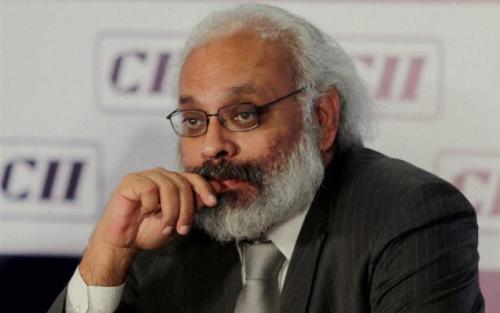
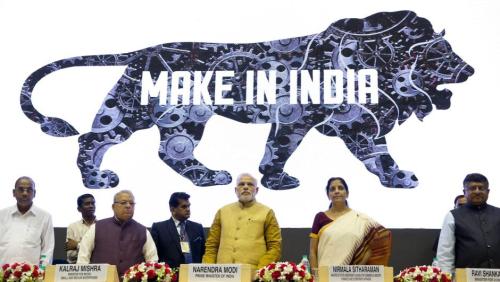

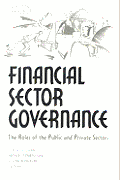
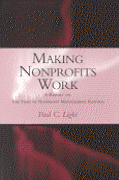
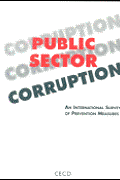



Commentary
Op-edPublic sector – Act V?
September 8, 2013